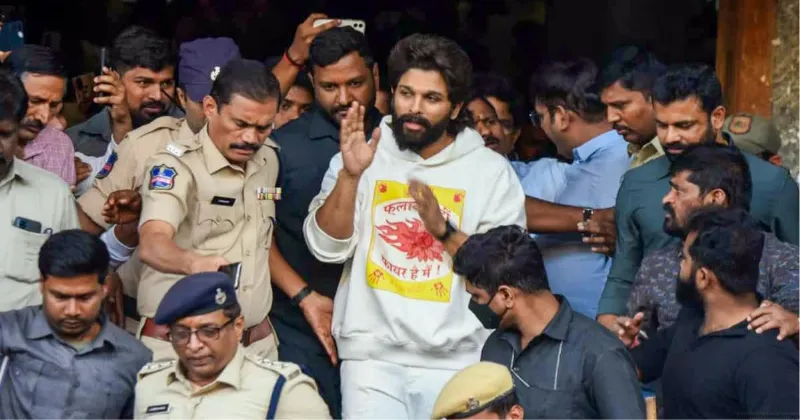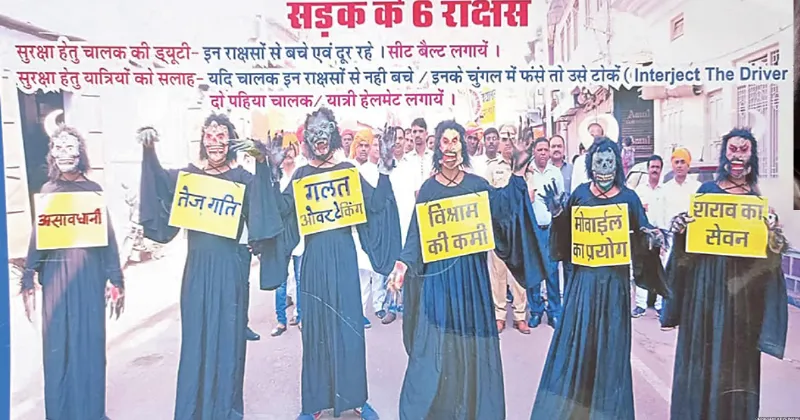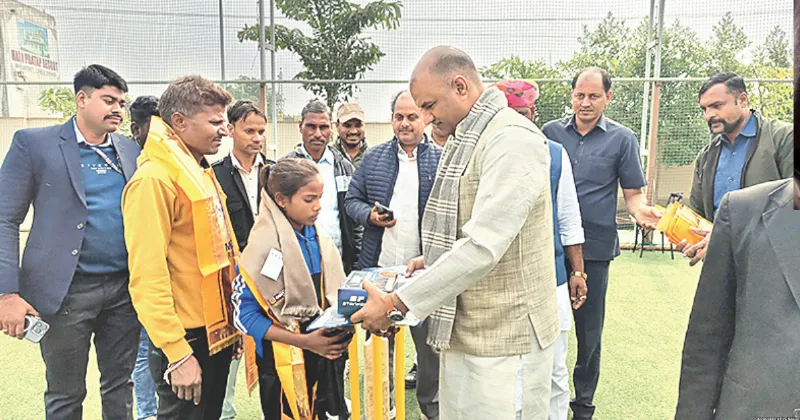Latest News
MODI’S KITE DIPLOMACY IN INDONESIA
.png)
Indonesian President and PM Modi Exchange Soaring Symbols of Unity - Makrand Shukla, Former Director, Indian Cultural Centre, Indonesia
Kite flying is a tradition during the Makar Sankranti festival and Gujarat is especially known for kite festivals that are celebrated with great enthusiasm across the state. Now after becoming PM, Narendra Modi had the first state visit to Indonesia in 2018.
Indonesia is a strategic partner of India and an important ally in the Southeast Asian region. This was a time when the Prime Minister of the world’s largest democracy was meeting the President of the world’s largest Muslim-majority nation.
At this landmark event, many different plans were thought of to get the two leaders on a grand public platform, since this was the first official meeting between the two. Some people suggested to organise an event to this effect at the country’s largest temple. Others suggested the event should take place at Indonesia’s largest mosque.
Interestingly, there is an international kite museum in the Indonesian capital Jakarta. Similarly, Ahmedabad too has a similar international kite museum. So both the cities had a cultural link by way of one common thread of the ‘kite’ -- a cultural totem. At this juncture, it was mooted to organise a kite festival with both the leaders participating in it. An exhibition featuring kites themed around the Ramayana and Mahabharata, highlighting the civilisational link between the two nations, was also planned.
PM Narendra Modi immediately approved of the idea. Kite was his home turf. He not only liked the idea but also preferred his invaluable suggestions to make the small fest more vibrant and memorable. Finally, the two leaders were seen flying kites-- the Indonesian President flying an Indian kite and PM Modi flying an Indonesian kite. This was a unique sight and a novel way of diplomatic liaisoning. This was also the commemoration of the 70 years of Indonesia-India diplomatic ties. A logo depicting and celebrating the relationship was also unveiled on the occasion.
Above all, the kite flying maneuvers of the two leaders and all the fun and frolic surrounding it remained the highlight of the whole state visit of Narendra Modi and made the trip memorable.
India’s Covid management under Modi is an example for the world - Col Rajyavardhan Rathore, Minister, Rajasthan
A true leader is one who is not tamed by the circumstances but who makes strong decisions in adversities. The way India handled the Covid pandemic under the leadership of PM Narendra Modi, it became an example for other countries that were skeptical about how our country was going to handle this catastrophic onslaught coming down on us all of a sudden.
But it was Modi ji’s leadership that ensured we didn’t bend before anyone, neither Covid nor the Western nations, who thought they had a monopoly over the vaccines and laid out elaborate conditions to acquire them. India made not one but two vaccines, on its terms, in its facilities. The world looked up to India the way it finally defeated Covid.
The way India managed to save millions of lives, the rapidity with which the oxygen supply was ramped up and hospital facilities boosted to cater to the burgeoning numbers of patients, how vaccines were delivered to the remotest corners of this vast country in mobile cold storage facilities, everything served as examples before the world.
Narendra Bhai was always very organised and caring - Late Jivabhai Rathod, Senior RSS Karyakarta, Gujarat
I had heard about Narendra Modi but the first time I saw him was during an RSS event at Karnavati. He gave a wonderful speech there. That was the first time I came face to face with his oratory skills. I was not only impressed by his inspirational style but also by the knowledge he had about India and the world.
When he visited places, he used to say, when I have my lunch, all workers of the Sangh in town should also eat with me. He had no airs despite being a top functionary of the organisation.
He was very particular and organised about the Sangh karyakartas. He sat with a diary and pen with me and asked me to note down the family details of every karyakarta we were to visit. He was meticulous about the names of the wives, parents and children of each organisation worker for better connect with them. This way he established a reference template for long-term association with them.
Another thing that impressed me was his concern and dedication towards improving the quality of the karyakartas and our approach towards them. He wanted every karyakarta to be accurate in his knowledge and disciplined in work. He made us write down some thumb rules of communication for qualitative enhancement of our relationship like we must reach every home well shaved and preferably bathed. We must be courteous and knock at the door before entering any house for the womenfolk of the household to get ready. He also asked us to keep our shoes shining and dress clean and ironed.
Apart from this, he also cautioned us against talking much about the Sangh and its history and future plans and principles. Instead, he asked us to listen to every karyakarta, and their problems and encourage their visions.
This endeared him to people even beyond the party and organisation. He asked us to visit not only Sangh karyakartas but even houses of Congress or other opposition workers and leaders and listen to them. He asked us to talk to bank managers, social workers and other sections of society thinking beyond party lines or religious affiliations.
These inputs helped us improve our own work and fostered unity and social harmony. No wonder, there were times when members of other parties and political rivals too helped us if we needed something. It was all because of the democratic image and goodwill of Narendra Bhai.
COMPILED AND EDITED BY SHASHIKANT SHARMA






















